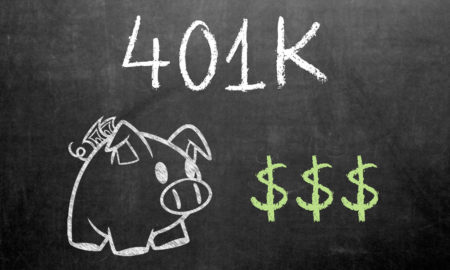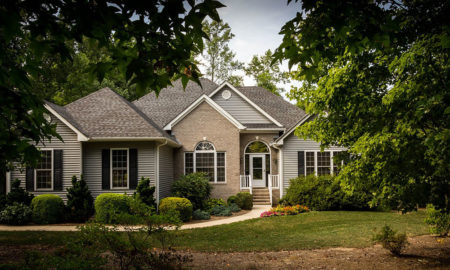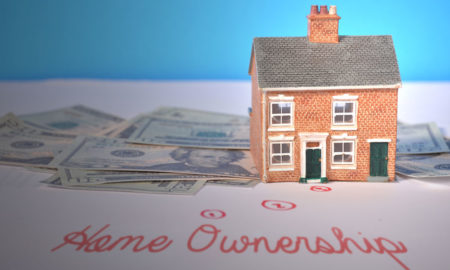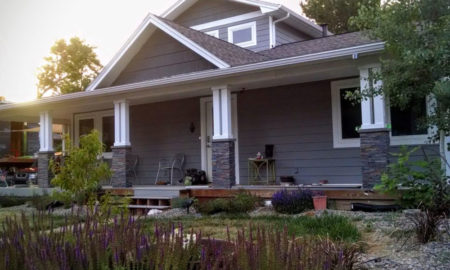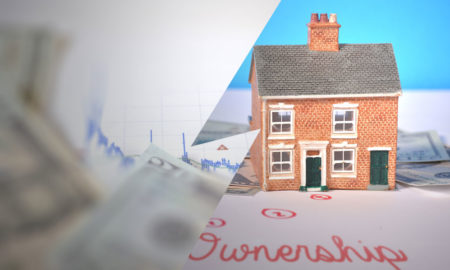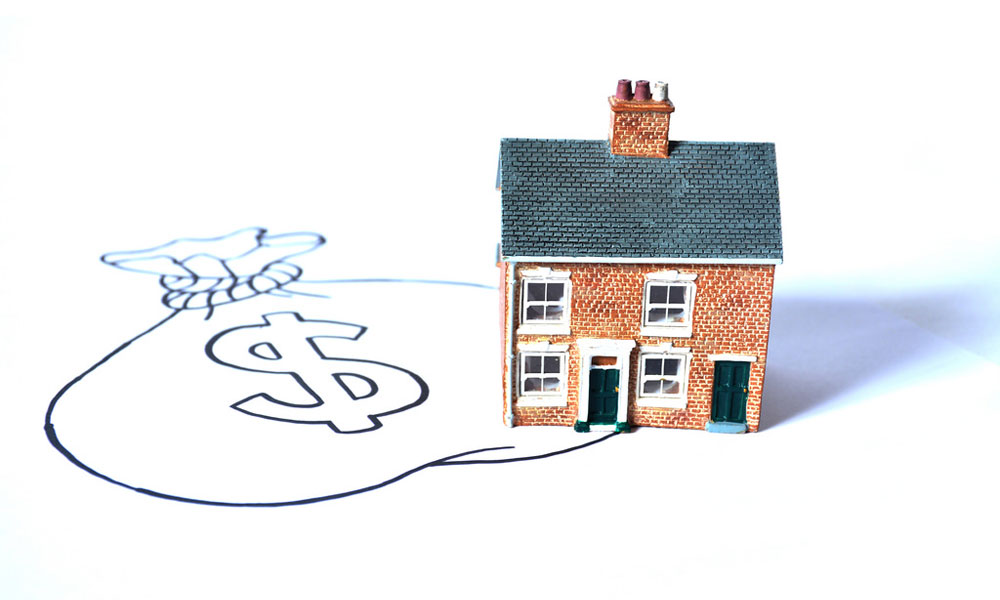

Deprecated: Implicit conversion from float 1752881392.259248 to int loses precision in /www/investmentzen_357/public/blog/wp-content/plugins/intelly-related-posts/includes/classes/utils/Logger.php on line 93
Deprecated: Implicit conversion from float 1752881392.259353 to int loses precision in /www/investmentzen_357/public/blog/wp-content/plugins/intelly-related-posts/includes/classes/utils/Logger.php on line 93
Real estate is an excellent way to make a boatload of money – if you do it right.
Do it wrong, and it is an excellent way to LOSE a boatload of money. Buy low, sell high isn’t the only rule in real estate.
A smart investor goes with numbers, not emotions. I live in a hot hot hot market, and see people pay WAY too much for properties, just to be able to purchase something.
Not every property or every market presents a good investment opportunity, especially when the rent doesn’t keep up with purchase prices. If rent received doesn’t even cover your expenses, you just bought yourself an investment with negative returns. It will actually cost you money every month, just to be able to own it.
There are a lot of other numbers that can make or break your investment. Knowing those numbers can give you a leg up on other investors.
Here are five of the big numbers that can be the difference between profit and loss.
1. Cap Rate
Quite possibly the most misunderstood and misused number in all of real estate is the Capitalization Rate, or Cap Rate.
The formula for determining Cap Rate is to divide the Purchase Price by the Net Operating Income (or total income like rent, laundry, etc minus total operating expenses like utilities, management services, etc but not the mortgage.)
It’s a little tricky to figure out at first, because you DO include all the expenses, EXCEPT for the mortgage. Sort of like assuming you paid cash for the property.
Here’s an example:
If a property sold for $800,000, with total income of $102,000 and expenses of $28,000, your Net Operating Income would be $74,000. $74,000 divided by $800,000 = .0925 or a cap rate of 9.25%.
OK, now you know HOW to figure it out. What does it actually mean?
Cap Rate is an excellent way to place value on an income-producing property which may be difficult to otherwise value. It’s tough to compare a 100-unit apartment building with a 215-unit building simply by looking at sales price.
Behold the Cap Rate, which can be quickly calculated for a variety of recently-sold properties to gather a general Cap Rate for the area, allowing you to value a property based on income.
Let’s say you’re buying a multi family property, but no recent sales data exists for that type of property. The property is priced at $300,000, and you feel it’s a little high. How do you know if your gut feeling is right?
A few quick calculations show that the Cap Rate for the area is around 8%. Net Operating Income shows $20,000, which is a 6.66% Cap Rate, so the price is a little high.
Based on income, it should have a value closer to $250,000.
2. CapEx
CapEx or Capital Expenditure is another item that is very important for properly accounting for future expenses, but often underestimated when running numbers on a particular property.
CapEx items include long-term things like a roof, heating and air conditioning, water heater and windows and doors.
A general rule of thumb is to budget $250-$300 per door for these items.
But rules of thumb aren’t written in stone, and the difference between making money and losing money can be how much you set aside for CapEx.
Every property is different. A brand new build, with brand new everything is most likely going to cost you $0 in CapEx for the first 5-10 years. A home that was built 20 years ago is probably going to have a major CapEx project in the next 5-10 years. Most likely more than one.
The best way to account for CapEx is to not use a rule of thumb, but to actually account for the costs based on the current age of the items in the property and the general life of each item. A roof should last around 25 years, so if you’re looking at a 20-year-old property, count on replacing it in the next 5 years or so. A brand new furnace should also be accounted for, but at a significantly reduced rate.
It is far better to have an over-funded CapEx account, than an under-funded one.
It is far better to have an over-funded CapEx account, than an under-funded one. Click To Tweet3. Vacancy Rate
The Vacancy Rate refers to a the amount of units vacant at any particular time. You’ll want to account for vacancy rate in your calculations, so you aren’t left high and dry when a tenant leaves, and you don’t collect rent for a month or longer.
When a tenant leaves – especially after a long tenancy – there are things that need to be repaired, replaced or even completely upgraded. Frequently, people will use 5% as their vacancy rate, but 8.3% is a better number, as it allows you to account for an entire month of vacancy, which is very common and much more realistic.
4. Cash Flow
Cash Flow is the amount of money you have left after all the expenses have been paid – the difference between the rent and the bills.
A property that doesn’t cash flow is not usually a good investment – and not all properties WILL cash flow, or at least cash flow enough to make it a good idea.
As we’ve seen above, having $100 in cash flow every month only gives you $1,200 a year to account for vacancy and CapEx. $1,200 doesn’t go very far for either one, and you could find yourself one repair away from losing money for the entire year.
But a property that doesn’t cash flow isn’t always a bad investment. A property in decent shape – but with little cash flow – in an area of high appreciation can be a good investment.
A property that doesn't cash flow is not usually a good investment. Click To Tweet5. Appreciation
Appreciation is an increase in value. Over time, homes tend to appreciate – although not always, and certainly not predictably.
Appreciation can happen in a passive way, meaning you do nothing to the property – the market appreciates around you. You can also ‘force’ the appreciation, adding value to a property by way of improvements.
Some markets are better than others for appreciation, and if you’re counting on appreciation as an investment strategy, you need to have a backup plan in case the property doesn’t appreciate like you planned.
Real Estate is an Excellent Way to Invest
Once you know your numbers, real estate is an excellent way to invest and watch your money grow exponentially.
There are both passive and active ways to invest in real estate – but knowing the right numbers to look at is the difference between failure and success.
Knowing the right numbers to look at is the difference between real estate failure and success Click To TweetPhoto credit:
InvestmentZen via Flickr – Creative Commons Attribution License

